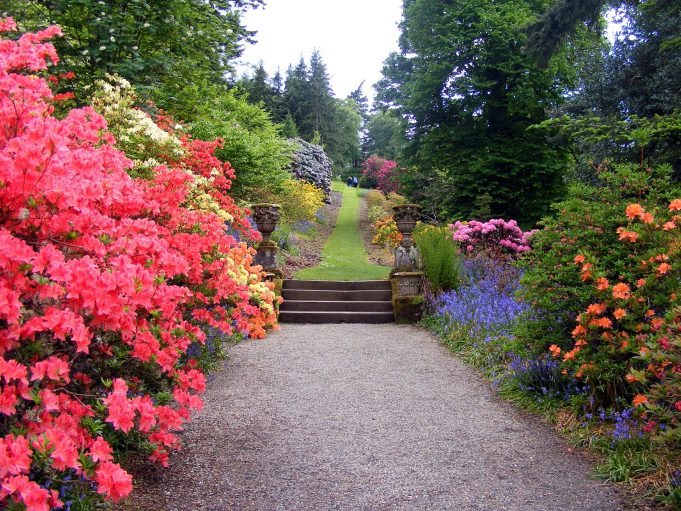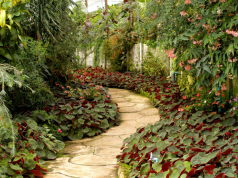The most important thing when creating your own garden is to be clear about where to start. It is essential to have a plan for each stage. Furthermore, you should know that a project carried out by a landscape gardeners is always the best solution. But, if you want to do it yourself, you must also plan the project from scratch.
Pre-planning is the best tool to avoid wasting time and money during construction and avoid disappointment or future problems. As we know that designing a garden is not an easy task, here are some tips that will be very useful for you.
How to Design Your Own Plan
Initial Budget
In most cases, not much money is usually spent on outdoor spaces as this is the last thing to be done and there is hardly anything left for it.
The priority will be to invest in the soil as it is the most essential element for a beautiful garden. The second most important investment will be the trees and plants you want to include.
Draw your Plan
Draw a preliminary sketch that allows you to visualise your garden. This will help you make decisions about how much space you want to allocate to what. To make it easier to do this, you can follow these guidelines:
- Draw the dimensions of your garden.
- Mark the areas where you want to plant.
- Put the four cardinal points to know the orientation.
- Include the places you want to use for leisure and rest.
You can also check out a simple garden design app that allows you to plan your garden digitally. Some apps allow you to upload a picture of your house or yard to get a more realistic space idea.
Control the Space
Once you have the structure, you have to consider the use you want to give it or how you will move around the space to be as functional as possible.
For example, if you want to include a small vegetable garden, place it where you have the most hours of sunlight. If you wish to a relaxation area, put it in a pleasant spot where it does not get too much sun or shade.
Check the floor plan and give it as much thought as you need to. You have to be sure about the layout as you have to feel totally comfortable with it.
Look for References
Look on the internet, in decorating catalogues, DIY magazines and even visit gardens that inspire you. You can also sign up for a course or guided tour of the most beautiful gardens in your city.
Find a Balance
The important thing is to seek and find a balance. If we have a symmetrical garden, harmonious and without contrasts, it can cause visual fatigue.
In the same way, a space full of contrasts and movement can create stress or visual fatigue. The idea is to make the space as balanced as possible.
Colour, texture and shape will be critical in this process. Knowing how to combine them well will add variety to the garden. It will bring movement to the design and create visual contrasts.
Decorating with Plants
First of all, you have to find out about the maintenance needs of plants. Depending on how they are maintained, you will get a flowering space all year round or, on the contrary, only in key seasons.
If you want it to be in flower all year round, you should choose perennial shrubs with little or no flowering. However, plants that flower without leaves or with showy flowers will determine the year’s different periods with their colour schemes.
The Use of Colours
It is essential to keep in mind the colours that surround the garden and the house. We have to take into account the walls of the house, the roofs and the neighbouring buildings. The point of colour will be provided by the flowers and complements that we want to include.
If our starting point is unity, we can use different ranges of one colour to have a monochromatic garden that is not too vibrant. For achieving contrast, it is best to choose contrasting shades.
Conclusion
The garden design does not have to be expensive or complicated. Don’t limit yourself to design rules, allow yourself to mix it up with your personal tastes. Push your imagination, and put these tips into practice until you arrive at the design that best suits your personality and what you hope to experience in your dream space.














